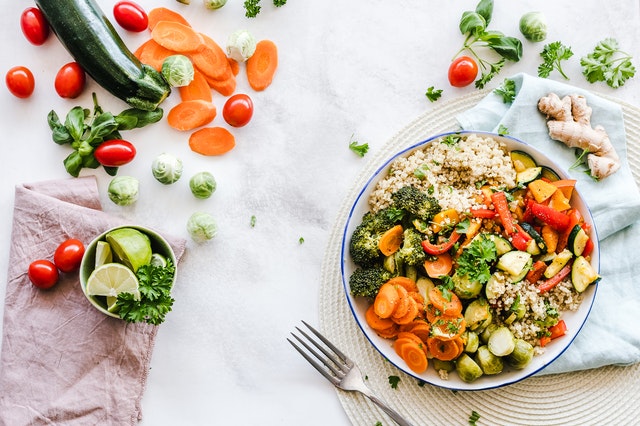We include products we think are useful for our readers.
Gluten is the general term for a protein found in wheat, barley, rye, and triticale. All forms of wheat contain gluten, including durum, spelt, and farro.
Many everyday food products have gluten, such as pasta, bread, and beer. However, gluten is also an ingredient in a variety of less obvious foods.
A significant number of people experience an adverse reaction to gluten on consumption, meaning that they must stick to a gluten-free diet to avoid negative effects.
In this article, we provide further information on gluten, why some people should avoid it, and which foods contain the protein.

Gluten is the name given to a family of proteins found in all forms of wheat, barley, rye, and triticale. These proteins help bind foods together, maintaining their shape.
Wheat products, such as bread, baked goods, crackers, cereals, and pasta, commonly contain gluten. It is also an ingredient in barley-based products, including malt, food coloring, malt vinegar, and beer.
However, these gluten-containing grains may also occur in other, less obvious foods, such as:
- soups
- sauces
- salad dressings
An individual may need to follow a gluten-free diet for several reasons:
- Gluten sensitivity: A person with sensitivity to gluten might experience abdominal pain, bloating, diarrhea, constipation, headaches, and fatigue after consuming gluten. Eliminating gluten from the diet may improve these symptoms.
- Celiac disease: This is an autoimmune disorder in which an intolerance to gluten can damage the small intestine, leading to intestinal damage, poor nutrient absorption, and physical pain. Some people with celiac disease do not have any symptoms.
A person with celiac disease should consume a completely gluten-free diet.
Other people also choose to follow a gluten-free diet for weight loss reasons or a variety of other health reasons.
However, some people who do not have celiac disease or a gluten allergy experience symptoms similar to people with these conditions. This is known as non-celiac gluten sensitivity (NCGS).
According to the World Journal of Gastroenterology, NCGS may have links to some mental disorders, such as depression and anxiety, as well as certain autoimmune disorders, such as:
- Hashimoto’s thyroiditis
- rheumatologic diseases
- psoriasis
People who do not have celiac disease but experience other conditions, such as irritable bowel syndrome (IBS) and eosinophilic esophagitis, may benefit from avoiding gluten.
Recent research also suggests that NCGS might be a disease of the gut that causes an immune response.
Other studies indicate that NCGS may involve changes in gut microbiota or have genetic, environmental, and pathological causes.
Individuals trying to avoid gluten should thoroughly check ingredient labels.
A person can find out whether a product contains wheat by checking the allergy information section on the label.
Products labeled as wheat-free are not necessarily gluten-free. They may still contain spelt, rye, or barley-based ingredients, for example. These all contain gluten.
The United States Food and Drug Administration (FDA) enacted a law in August 2013 that forces food manufacturers to label all products that are safe for consumption by individuals with celiac disease or gluten intolerance as gluten-free.
Some non-food products may also contain hidden sources of gluten in the form of lecithin.
Anyone avoiding gluten should always check the ingredients on the packaging of the following products:
- prescription and over-the-counter (OTC) medications
- vitamin, mineral, and herbal supplements
- cosmetics
- lip balm
- other skin and hair products
- toothpaste and mouthwash
- adhesive glue on stamps and envelopes
- modeling dough
Individuals with celiac disease should also avoid foods or products that may have come into contact with gluten.
Cross-contact can frequently occur with:
- toasters
- colanders
- cutting boards
- oil used in fried foods
- shared containers
- utensils
Oats often contain gluten through cross-contamination. Check the labels on the packages for oats that are gluten-free.
